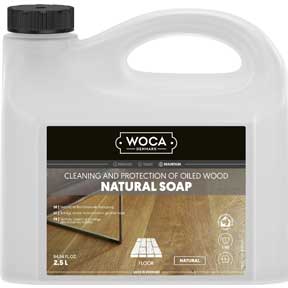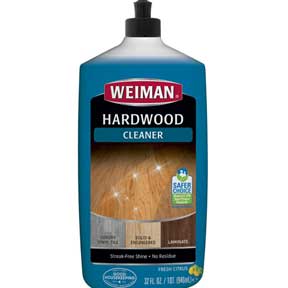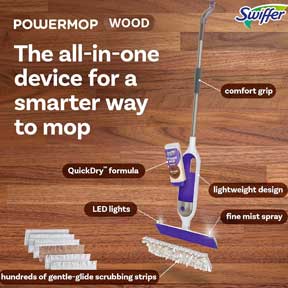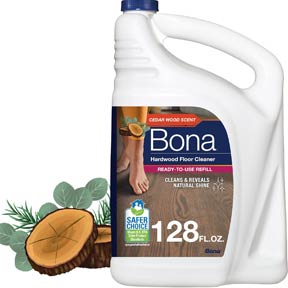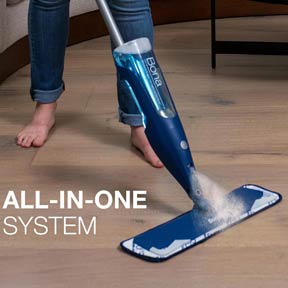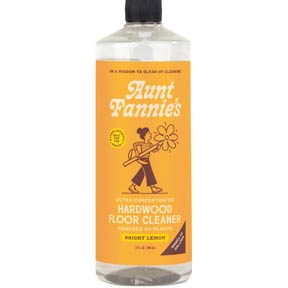Cleaning Hardwood Floors

How to Clean Hardwood Flooring.
The Best Way to Clean and Maintain Hardwood Floors
Hardwood floors add warmth, beauty, and natural charm to any home so cleaning hardwood floors properly is essential for lasting beautiful floors. From understanding your floor’s finish to avoiding common cleaning mistakes, here’s what you need to know to protect your investment and keep your floors looking stunning for years to come.Know Your Floor’s Finish
Before you grab a mop or cleaner, identify your floor’s finish. You’re not cleaning just the hardwood floors – you’re cleaning the finish. The wrong cleaner can ruin the surface and void your warranty.- Surface Finishes (e.g., polyurethane, water-based, catalyzed): These sit on top of the wood and are usually shiny. Water beads on the surface.
- Penetrating Finishes (e.g., oil, wax, acrylic): These soak into the wood. You can often feel the grain, and water may soak in or leave a light/dark spot.
Quick Test
Pour 2 tablespoons of warm water on a worn section.- If it beads, your finish is intact.
- If it soaks in lightly, it may need refinishing soon.
- If it soaks in and darkens, it’s time to refinish.
Daily and Weekly Maintenance
Hardwood floors are most vulnerable to fine dirt, grit, and dust. These act like sandpaper and wear down the finish.Daily Tips
- Sweep or dust mop every day.
- Vacuum with a floor-safe vacuum (no beater bars).
- Use dry microfiber cloths or dusting pads (store brands work fine).
Weekly
- Damp mop with a well-wrung mop or sponge.
- Use pH-neutral wood floor cleaners or a vinegar-water solution (1 TBL vinegar to 1 gallon warm water) – if safe for your finish.
- Always dry the floor with a towel or soft cloth after mopping to prevent streaks and water spots.
Dealing with Older or Unfinished Hardwood Floors
Older or unfinished wood floors need special care:- Use Murphy’s Oil Soap (¼ cup to 1 gallon warm water).
- Wring your mop thoroughly – no soaking.
- Never place mop buckets directly on the floor.
- Wipe dry immediately to prevent water damage.
Avoiding Damaging Hardwood Floors
Keep your floors in great condition with these protective habits:- Shoes off at the door, especially high heels.
- Doormats inside and out to trap dirt.
- Felt pads under all furniture legs.
- Lift furniture – don’t drag it.
- Use rugs in high-traffic areas.
- Close blinds during the day to prevent UV damage.
- Avoid ammonia, bleach, or oil soaps (especially on modern sealed floors).
What About Waxing Hardwood Floors?
Waxing can refresh an older wood floor’s appearance, but:- Only wax unfinished or previously waxed floors.
- Don’t wax Swedish finish or modern polyurethane-sealed floors.
- Waxing can limit future refinishing options and is best left to professionals.
Swedish Finish Floors
- Identified by their bright, shiny appearance.
- Do not wax.
- Clean with vinegar-water solution (1 capful vinegar per gallon warm water).
- Dry thoroughly – this finish streaks easily and shows water spots.
Handling Spills and Stains
Stains happen but they can set in quickly.Act Fast – Stains Set Quickly
- Wipe spills immediately.
- Never let liquids sit or soak in.
For Stubborn Stains
- Lightly sand affected area.
- Remove dust.
- Reapply the same finish – no more layers than you removed.
- Buff gently.
Do you Have Squeaky Floors?
Squeaks in hardwood floors often result from natural seasonal changes – wood contracts in cold, dry winters and expands with summer humidity. But excess moisture from mopping or spills can also contribute over time.Causes of Squeaks Include
- Seasonal expansion and contraction.
- Loose floorboards or nails.
- Moisture damage from wet mopping or spills.
Fixes for Squeaky Floors
- Sprinkle powdered talc, soapstone, or graphite between the boards.
- Cover with a towel and walk on it to work it in.
- Vacuum up the excess powder.
Tips for Long-Term Success
- Keep extra planks from your original flooring job. Treat them with any refinishing done to your current floor for future repairs.
- Don’t use abrasive tools (e.g., the rough side of a sponge, knives).
- Avoid sticky or oily cleaners – they attract dirt and leave residue.
- Always follow manufacturer recommendations – especially if your floor is under warranty.
Related Articles
Cleaning, Maintaining and Preventative Wood Floor Tips